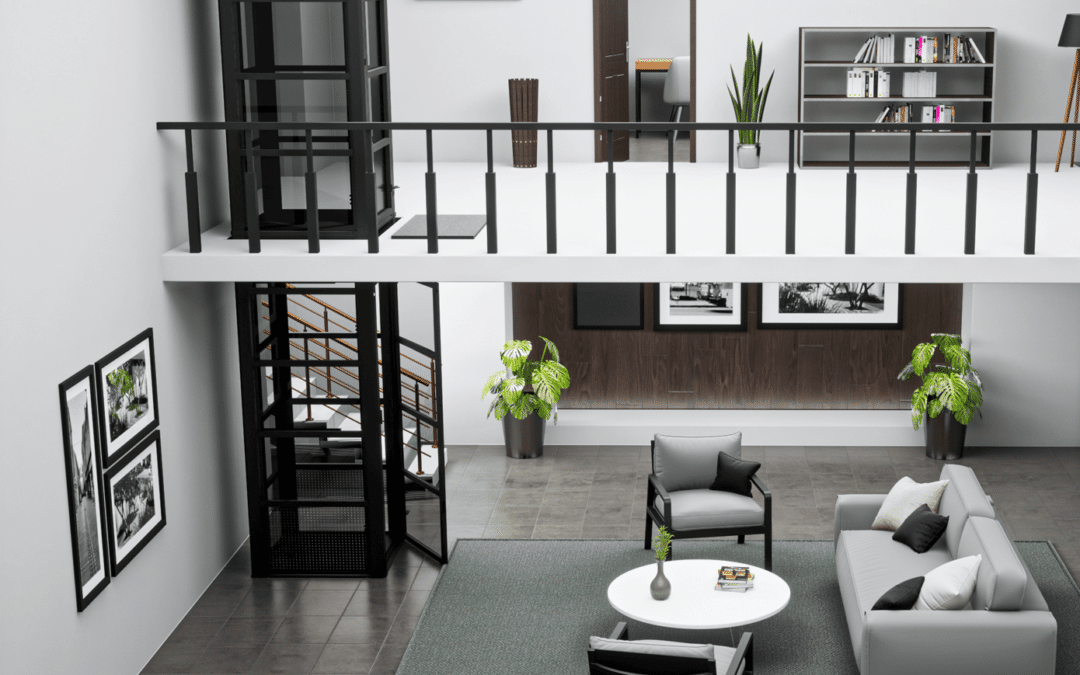If you’re considering installing cube lifts in your home or business, there are essential factors to consider before diving into the project. Cube lifts, also known as elevators, can offer convenience, accessibility, and a touch of luxury to any property. However, before you proceed, understanding the technical aspects, electrical requirements, and installation considerations is crucial. In this article, we’ll explore the key points you need to know before embarking on a cube lift installation journey.
Getting Power Supply Knowledge
One of the critical aspects of installing a cube lift is ensuring a suitable power supply. Cube lifts typically require a 220-240V power supply operating at 60/50 Hz frequency with a 30 Amp single-phase connection. The right power supply ensures the elevator functions smoothly and efficiently, providing a safe and comfortable ride for passengers.
Understanding L1, L2, and Ground
Within the cube lift’s electrical system, you’ll come across L1, L2, and Ground connections. L1 and L2 represent the two hot wires responsible for delivering the power, while the Ground connection ensures electrical safety by providing a path for excess current to flow to the ground. Properly connecting these electrical components is crucial for the cube lift’s reliable operation and user safety.
Turbine Motors Located in Pump
Cube lifts typically feature five turbine motors located in the pump. These motors play a vital role in the elevator’s movement and operation. Understanding the functionality of these motors helps ensure proper maintenance and addressing any issues that may arise during the lift’s usage.
Homeowner’s Responsibility for Primary Disconnect
During the cube lift installation process, the primary disconnect, which acts as a safety switch, will be provided by the homeowner. This component allows for easy shutdown of power to the elevator when necessary, such as during maintenance or emergencies. Homeowners should ensure the primary disconnect is installed correctly to comply with safety standards.
Electrical Receptacle Placement
The electrical receptacle, where the cube lift is connected to the power supply, is usually located at the top of the elevator. If a split unit is used, the receptacle will be on top of the head or split system. Proper placement and isolation of the phone jack and power supply line are crucial to avoid interference and ensure smooth elevator operation.
The Option of Hardwiring the Cube Lift
While a power cord and plug are provided on top of the elevator or head/split system for ease of connecting, an alternative option exists. The cube lift can be hardwired directly to the primary disconnect, adhering to local building and electrical code requirements. Homeowners should consider the best method based on their specific needs and preferences.
Electrical Outlet Requirements
To ensure the cube lift’s proper functioning, homeowners or their electricians must provide a 220-240V, single-phase, 30 Amp electrical outlet. This outlet serves as the lifeline of the elevator, supplying the required power to transport passengers safely between floors.
Final Verdict
Installing a cube lift requires careful attention to technical details, electrical requirements, and safety considerations. From understanding the power supply and electrical connections to making informed choices on receptacle placement and power options, being well-informed is essential for a successful and seamless cube lift installation. Remember to consult professionals and adhere to local regulations to ensure a smooth and safe elevator experience for all users.


Building a 2 story house with a 10′ basement foundation pour. Will if work from basement, to main floor with 9′ ceilings to 2nd floor with 9′ ceilings? 3 levels.
I live in Richmond Ky. I would want someone to come to my house and look at my home and give me ideas
Where best place to put the elevator or if would fit at all.I would need 3 stops, basement, main floor , 2nd floor.I need this done first. Anybody close that can do this. My address 240 Lynn Brooke lane , 40475, phone number 859-200-2372.
We are interested in pricing for a single person elevator for the new house. Do they accommodate a two story home with a basement? We are still in the planning stages with our architect for the house plans so if this works out, we will be able to add it to the plan drawing. Thanks!